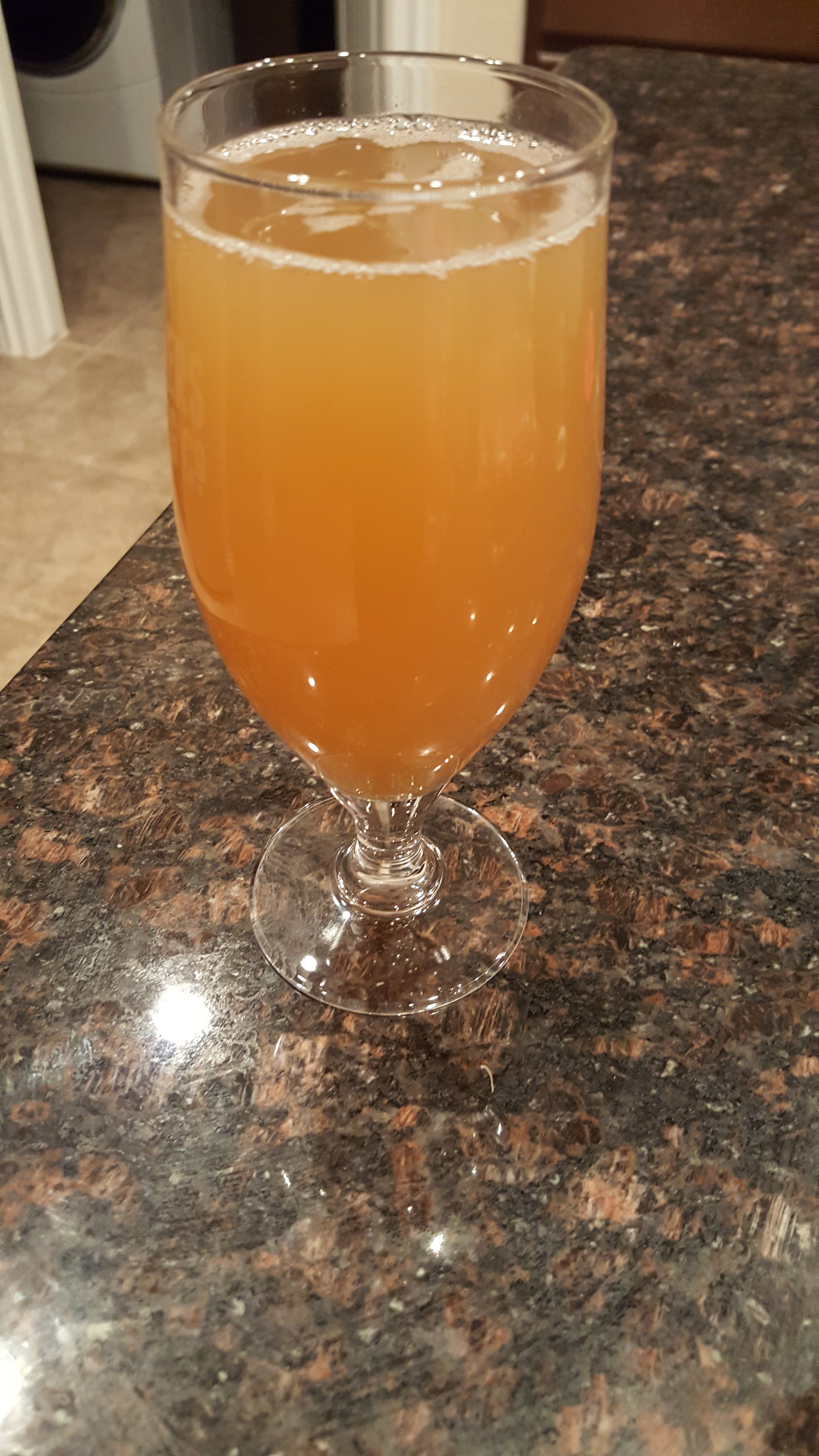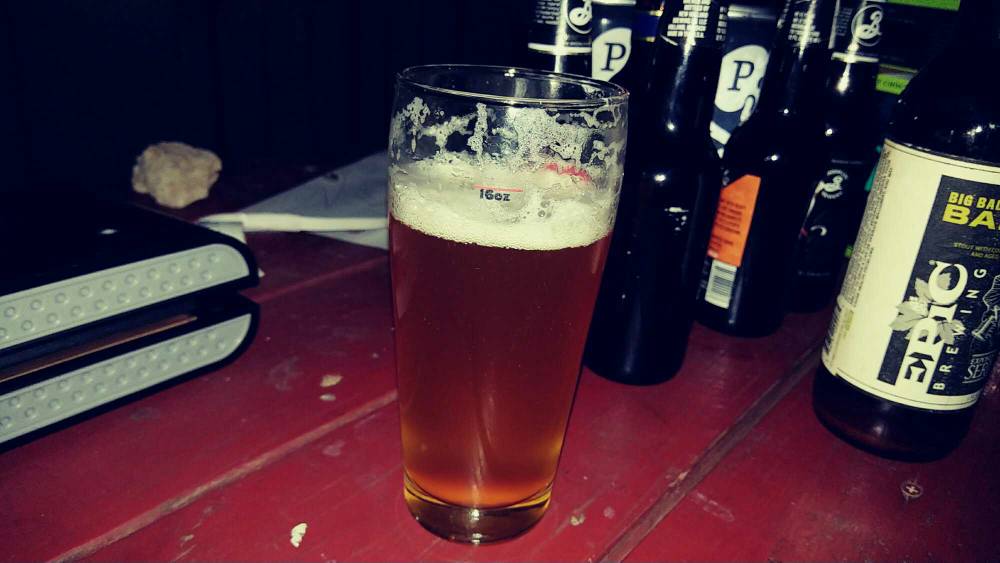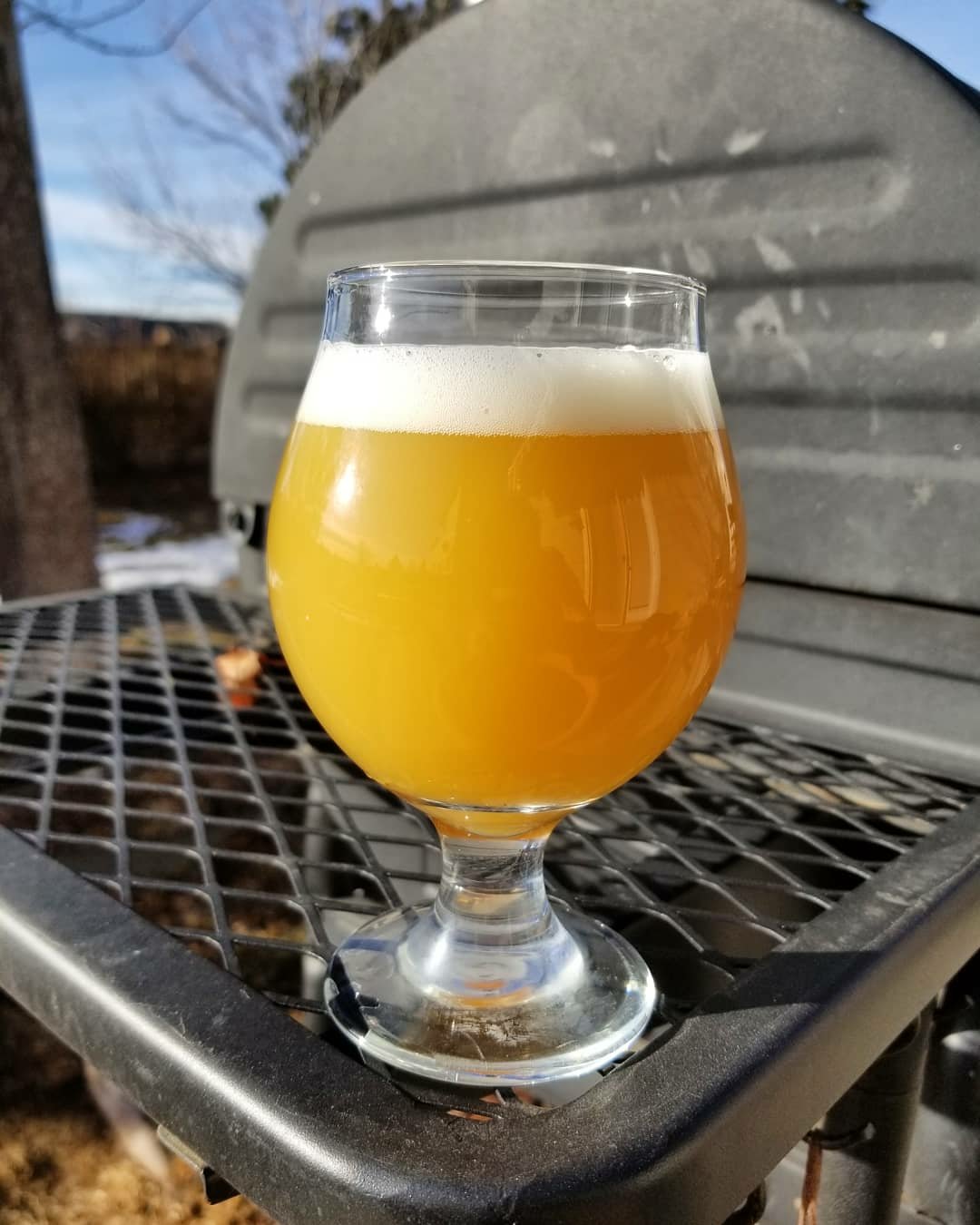crusader1612
Well-Known Member
Since we talkin LODO what do guys think about oxidation from starter wort? I usually make 1.5L starter the day before brewing, no stirplate just shaking a few times here and there, I pitch 1L in beer and save .5L for next starter. This is for 3.5 gallons.
Clutching at straws there mate.
Most likely oxidation cause is poor transfer.








